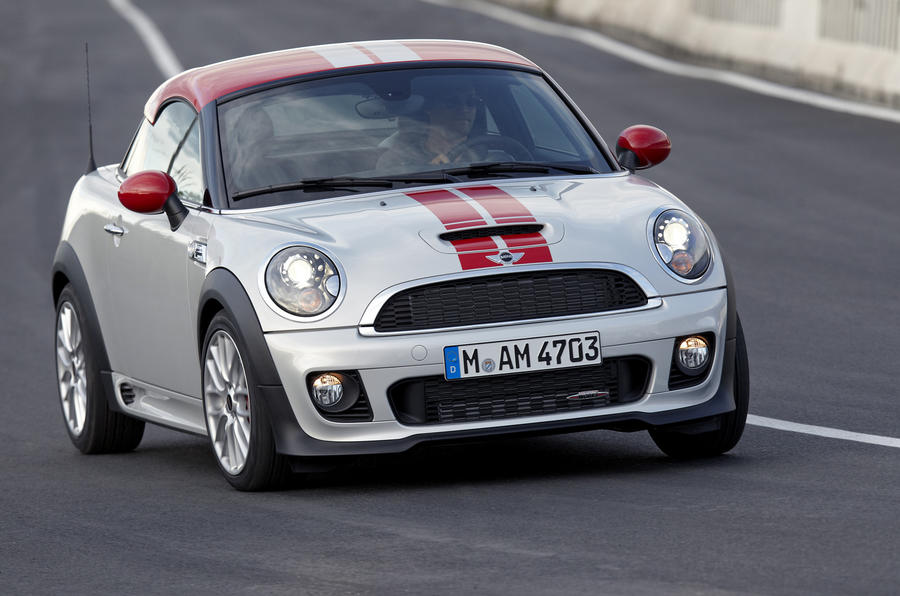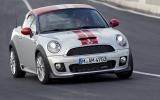The all-new, Mk3 Mini family will grow to encompass 10 individual models as the British brand becomes fully integrated into the BMW family.
Mini’s staple three-door hatch — codenamed F56 — will be the first of the Mk3 Minis to arrive. It’s due to be revealed before the end of next year and go on sale in 2013.
Another nine Mini spin-offs will be launched by the middle of the decade, including a new interpretation of the Clubman estate and Mini’s take on the MPV — known internally as the ‘Spacebox’ but likely to wear the evocative ‘Traveller’ badge.
The new-generation Mini will be based on a brand-new BMW-engineered platform called UKL1. This front-drive architecture will come in two wheelbase lengths and is based around MacPherson strut front suspension and BMW’s Z-axle rear end. BMW recently announced a £500 million investment in converting the Cowley, Oxfordshire plant to accommodate the platform.
Most of the Mk3 Mini line-up will be powered by a new range of advanced BMW three-cylinder engines. They will be just as powerful as the existing Mini four-cylinder engines but are claimed to be significantly more frugal.
Power outputs are expected to span 120bhp to 160bhp. UKL1 will also accommodate the new 2.0-litre, four-cylinder BMW engines, which could produce more than 230bhp. This engine is expected to form the basis of the John Cooper Works motor and also raises the possibility of an all-wheel-drive Mini JCW.
As well as accommodating four-wheel drive, UKL1 will offer at least one type of hybrid drivetrain. It’s currently unclear whether a battery-powered version of the new Mini will make series production. BMW has already shown an extended-range electric drivetrain for a front-drive car, and a senior BMW engineer has told Autocar that he believes an extended-range drivetrain is a better investment for the future than a purely battery-powered car.
UKL1 will also be used as the basis for a new range of compact BMW models, including three-door and five-door hatches, a super-compact SUV and a tall 5-series GT-style car. With 10 Mini models planned and as many as five BMW models in the medium term, UKL1 will become BMW’s biggest-selling vehicle range. When BMW CEO Norbert Reithofer announced the plans for a range of front-drive cars in March 2010, he said the new platform would allow BMW to “achieve its profitability aims in the small car sector”.
It’s thought that Mini’s output of 240,000 cars per year was not enough to justify the expense of another stand-alone Mini platform.
























Add your comment